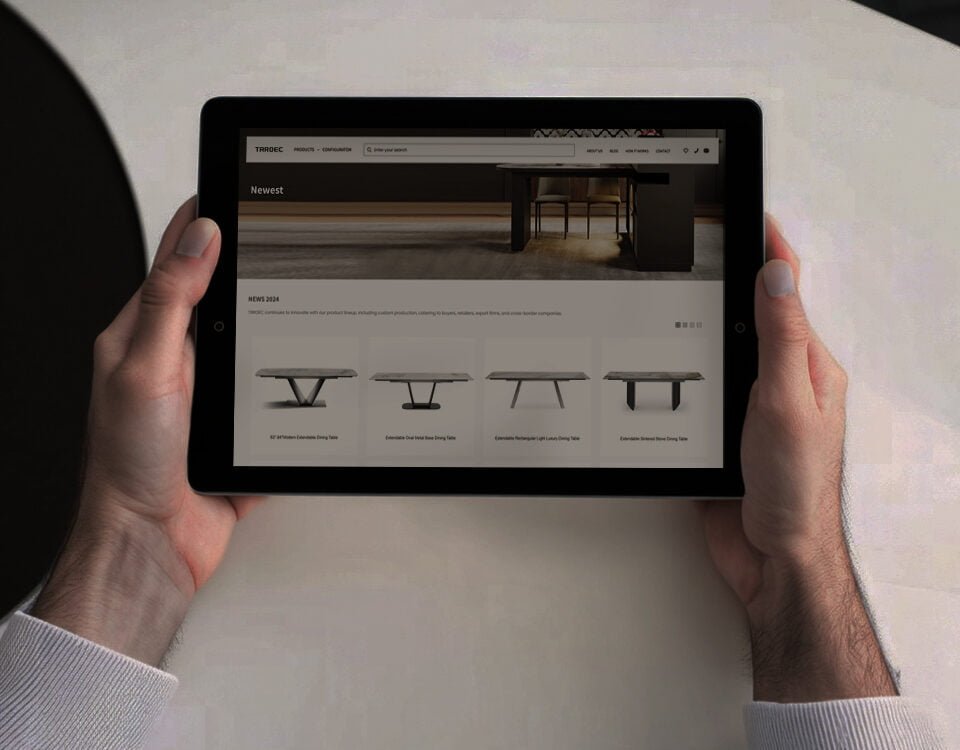Selecting the right furniture for your home can transform your living space into a functional, comfortable, and stylish sanctuary. Whether you’re starting from scratch or updating your current decor, this guide offers essential tips to help you choose the perfect furniture for your home.
1. Determine Your Needs and Assess Your Space
Before you start shopping, it’s important to determine your needs and assess the space available in your home. Here are key considerations:
- Room Functionality: Consider how each room will be used. A living room may need ample seating for guests, while a bedroom requires a comfortable bed and storage solutions.
- Space Measurements: Measure your rooms to ensure that the furniture you choose fits well and allows for easy movement. Use a floor plan to visualize the layout. Learn how to measure your space effectively.
- Existing Furniture: Take stock of any existing furniture you plan to keep. This will help you determine which new pieces are needed and how they will fit with your current decor.
2. Set a Realistic Budget
Creating a budget is crucial to guide your furniture shopping and prevent overspending. Here’s how to set a realistic budget:
- Prioritize Essentials: Identify the most important pieces you need and allocate a larger portion of your budget to these items.
- Research Prices: Look up average costs for the types of furniture you need to get a sense of what to expect. Check out this furniture budgeting guide.
- Quality vs. Cost: While it’s tempting to choose cheaper options, investing in quality furniture can save money in the long run by reducing the need for frequent replacements.
3. Explore Different Furniture Styles
The style of your furniture will significantly impact the overall aesthetic of your home. Here are some popular styles to consider:
- Modern: Features clean lines, minimalistic design, and neutral colors. Modern furniture often incorporates materials like glass, metal, and leather.
- Traditional: Known for its classic design, ornate details, and rich wood tones. Traditional furniture often includes pieces with curved lines and intricate carvings.
- Transitional: A blend of modern and traditional elements, offering a balanced and versatile look. Transitional furniture is characterized by simple yet elegant design.
- Rustic: Emphasizes natural materials, such as wood and stone, with a focus on rugged and cozy aesthetics. Rustic furniture often includes distressed finishes and earthy colors. Explore various furniture styles.
4. Focus on Quality and Durability
Investing in high-quality furniture ensures longevity, comfort, and value for your money. Here’s how to evaluate quality and durability:
- Materials: Choose furniture made from durable materials like solid wood, high-quality upholstery, and sturdy metal frames.
- Construction: Inspect the construction of furniture for signs of quality craftsmanship. Look for features like dovetail joints, reinforced corners, and high-density foam cushions. Learn how to judge furniture quality.
- Finish: Ensure that the finish on wooden furniture is smooth and even, with no visible scratches or blemishes.
5. Consider Comfort and Ergonomics
Comfort is essential, especially for furniture pieces like sofas, chairs, and beds. Here are some tips to ensure comfort and ergonomics:
- Seating: Test sofas and chairs in person to assess their comfort. Look for pieces with supportive cushions and appropriate seat depth.
- Beds: Choose a mattress that provides the right level of support for your sleeping preferences. Consider factors like firmness, material, and size. Check out this mattress buying guide.
- Desks and Chairs: For home offices, select ergonomic desks and chairs that support good posture and reduce the risk of strain or injury.
6. Match Furniture to Your Home’s Color Scheme
A cohesive color palette enhances the harmony and flow of your home. Here are some tips for matching furniture to your home’s color scheme:
- Neutral Base: Start with a neutral base for larger furniture pieces, such as sofas and beds, to allow flexibility in changing decor styles.
- Accent Colors: Use accent colors for smaller pieces and accessories, such as cushions, throws, and artwork. This allows you to easily update the look of a room.
- Coordination: Ensure that the colors of your furniture complement the existing color scheme of your home, including walls, flooring, and other decor elements. Learn how to choose a color scheme.
7. Practical Tips for Shopping Online and In-Store
Whether you prefer shopping online or in-store, these tips will help you make informed decisions:
- Online Shopping: Read customer reviews, check return policies, and look for detailed product descriptions and images. Use online tools, such as augmented reality apps, to visualize furniture in your space. Tips for buying furniture online.
- In-Store Shopping: Take measurements with you, test furniture for comfort, and ask sales associates for information about materials, construction, and care instructions.
8. Plan for Long-Term Maintenance
Proper care and maintenance can extend the lifespan of your furniture. Here are some general tips:
- Cleaning: Follow manufacturer instructions for cleaning and maintaining different materials. Use appropriate cleaning products to avoid damage.
- Protection: Use protective covers for outdoor furniture and coasters or placemats for surfaces that are prone to scratches or stains.
- Regular Checks: Periodically check for signs of wear and tear, such as loose screws, fading, or sagging, and address any issues promptly. Furniture maintenance tips.
Conclusion
Choosing the perfect furniture for your home involves careful consideration of various factors, including space, budget, style, quality, comfort, and color. By following the tips outlined in this guide, you can make informed decisions that will enhance the functionality and aesthetics of your living space. Whether you’re furnishing a new home or updating your current decor, the right furniture can transform your home into a stylish and comfortable sanctuary. Happy furniture shopping



